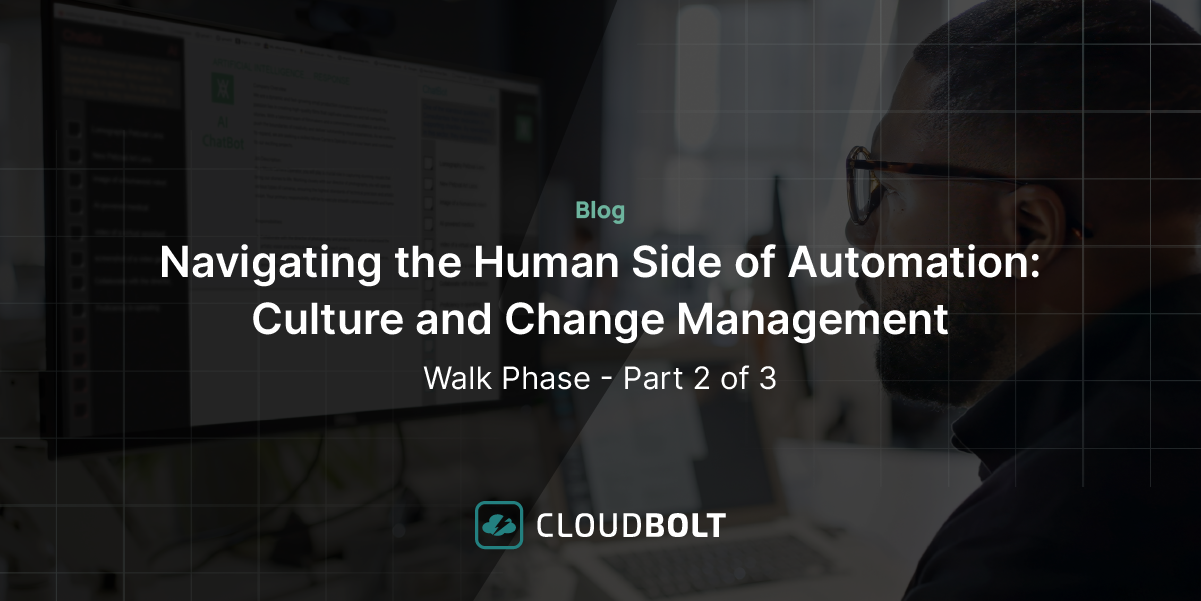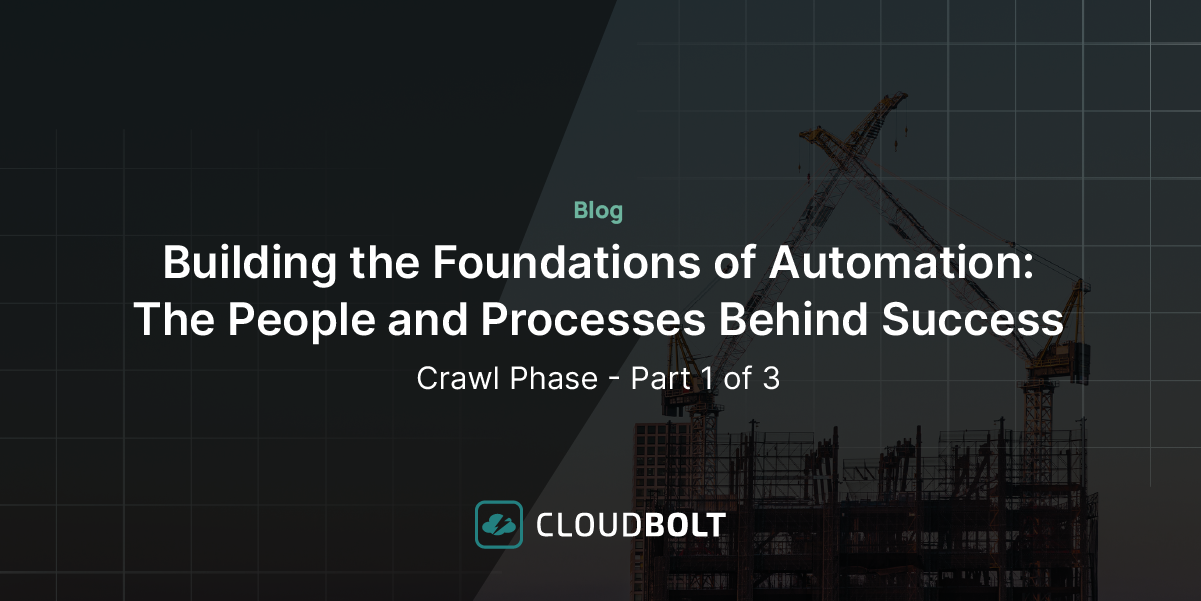DevOps Tools for Success
Agile software development practices have emerged as the preferred way to deliver digital solutions to market. Instead of defined stages of software development, sometimes referred to as “waterfall” approaches, software changes are continuous. We now consider almost any software delivery process as agile as long as it combines development and operations (DevOps) and the releases are frequent.
The DevOps term is often used even when it is more like mini-stages in comparison to the past or simply has the developers not only write the code but also are the ones who deploy it in production. A DevOps engineering team can include software coders, security experts, and IT system admins.
DevOps teams have the objective of a continuous integration, continuous delivery (CI/CD) pipeline of code from “story” to production, the more that is automated in the process, the faster the delivery. Stories are created from customer or user driven needs or can be part of a product vision for new capabilities. The story describes the intended behavior and user experience of a software solution when the code becomes live in production. Because delivery is continuous, the stories can change over time and the code is modified and delivered.
Beside the coding expertise, DevOp engineers use many IT tools that can help in the infrastructure provisioning side as well as on the software coding side. In this post, we’ll look at some of the key automation and provisioning tools.
Chef
As a configuration management tool based on cooking, Chef creates a way to deploy “recipes” for application configuration and synchronization. Recipes can be combined and modularized with “cookbooks” to help organize the management of configuration automation using Chef.
Chef deployments consist of three components:
- Clients
- Servers
- Workstations
The servers manage the environment and workstations are used by developers to create and deploy cookbooks. The clients are the managed nodes or targets for configuration.
Puppet
Released in 2005, Puppet has been around longest as a configuration automation tool. Puppet uses a declarative approach to create a state and the Puppet executes the changes. There are controller and agent components. The agent on a managed client polls a Puppet controller on another node (master) to see if it needs to update anything based on what is declared in Puppet modules.
Puppet uses a unique configuration language based on the Nagios file format. The state of the configuration can be defined with manifests and modules that are typically shared in a repository such as Github. The file format accepts Ruby functions as well as other conditional statements and variables.
Ansible
As the most popular configuration management tool among DevOps engineers, Ansible doesn’t require agents to run on client machines. Instead, it’s possible to secure shell (SSH) directly to the managed nodes and issues commands directly on the virtual machine. The Ansible management software can be installed on any machine that supports Python 2 or higher and it’s a popular notion that DevOps engineers run Ansible updates from the Mac laptops.
In order for an update to occur, the change must be “pushed” to the managed node and the approach is procedural as opposed to the declarative approach of Puppet.
Terraform
For infrastructure provisioning and configuration automation, Terraform builds infrastructure in the most popular public and private cloud environments and can be managed with versioning. As an infrastructure as code (IaC) DevOps tool environments can be built from any device running Terraform, connectivity to an environment as a resource is specified.
Terraform plans are declarative and describe the infrastructure components necessary to run specific apps as well as a whole virtual data center of networking components and integrated with other configuration and management tools. Terraform determines what changed and then creates incremental execution plans that get applied as necessary to achieve the desired state of infrastructure and applications.
CloudFormation
As an IaC DevOps tool for Amazon Web Services (AWS), CloudFormation is a service that helps configure EC2 instances and Amazon RDS DB instances from a template that describes everything that needs to be provisioned. CloudFormation is specific only to AWS and helps AWS users who don’t want to configure some of the backend complexity that is automatically configured by using CloudFormation as a service. CloudFormation is free to use for anyone subscribed to AWS.
CloudBolt and DevOps Tools for Success
DevOps tools used to configure infrastructure and the applications and services running on them vary by enterprise and often in different teams in the same enterprise. Having the visibility and control of the DevOps tools used to configure resources and the resources themselves gives IT admins using CloudBolt a faster way to find out who’s using what and where in a potentially complex and siloed hodge-podge of technology.
To see for yourself how our platform helps you reach DevOps Success, request a demo today!
Related Blogs

Ensuring Long-Term Success in Automation: Continuous Improvement and Strategic Alignment [Run Phase – Part 3 of 3]
Throughout this series, we’ve emphasized that automation is more than just technology—it’s about the people, processes, and principles creating a…

